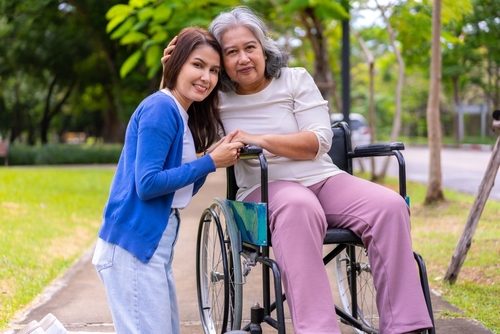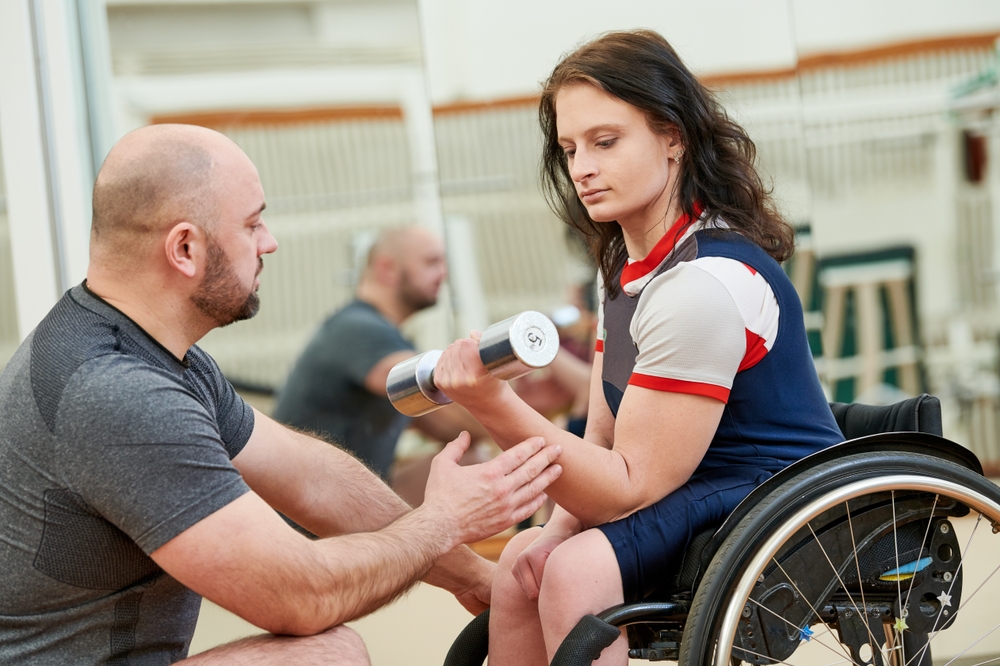Make an Appointment
Supported independent living, also known as SIL, is a model of care and support that enables people with disabilities or other needs to live in their own homes and communities, rather than in institutional settings such as nursing homes or group homes.
The goal of SIL is to empower individuals to live as independently as possible, while also providing the necessary support and assistance to help them maintain their independence. This support can include things like assistance with daily living activities, such as bathing, dressing, and meal preparation, as well as help with managing medications, transportation, and other needs.
One of the key benefits of SIL is that it allows individuals to maintain a sense of autonomy and control over their own lives. They are able to make their own decisions about how they want to live, and are able to maintain their own unique identities, rather than being subsumed into a larger institutional setting.
Another benefit of SIL is that it can be more cost-effective than other forms of care. Because individuals are able to live in their own homes, rather than in more expensive institutional settings, the overall cost of care is often lower.
There are many different types of SIL programs and services available, and they can vary depending on the specific needs and circumstances of the individual. Some common types of SIL services include:
Personal care assistance: This can include assistance with daily living activities such as bathing, dressing, and grooming.
Homemaking: This can include help with cleaning, laundry, and other household tasks.
Case management: This can include assistance with coordinating and accessing other services and supports, such as transportation, medical appointments, and social activities.
Respite care: This can include temporary care for individuals while their primary caregiver is away or unavailable.
Overall, supported independent living is a model of care and support that empowers individuals with disabilities or other needs to live in their own homes and communities, while also providing the necessary support and assistance to help them maintain their independence. It is a cost-effective option that allows individuals to maintain a sense of autonomy and control over their own lives and it can be tailored to meet the specific needs of each individual.
How supported independent living differs from other forms of care
one of the main ways in which supported independent living (SIL) differs from other forms of care is in the level of autonomy and control that individuals have over their own lives.
In traditional institutional settings such as nursing homes or group homes, the daily routines and activities of residents are often closely controlled and regulated. In contrast, in SIL, individuals are able to make their own decisions about how they want to live and are able to maintain their own unique identities. They are able to live in their own homes and communities, rather than in institutional settings. This allows them to have a sense of control and ownership over their own lives which promotes their well-being and self-esteem.
Another key difference between SIL and other forms of care is the level of support and assistance provided. In traditional institutional settings, the level of support and assistance provided is often higher than what is required for an individual to live independently. In contrast, SIL programs provide just the right level of support and assistance to help individuals maintain their independence and live as independently as possible.
SIL also differs from other forms of care in terms of cost-effectiveness. Because individuals are able to live in their own homes, rather than in more expensive institutional settings, the overall cost of care is often lower. This can make SIL a more cost-effective option for both individuals and their families.
In addition, the type of care and support provided in SIL is tailored to meet the specific needs and circumstances of each individual, which allows for a more personalized approach to care. This approach helps to ensure that individuals are receiving the right level of support and assistance to help them maintain their independence.
Overall, supported independent living is a model of care that empowers individuals with disabilities or other needs to live in their own homes and communities, while providing the necessary support and assistance to help them maintain their independence. It differs from other forms of care in terms of autonomy, level of support, cost-effectiveness, and personalization.
The role of family and caregivers in supported independent living
The role of family and caregivers in supported independent living (SIL) can be critical in helping individuals to maintain their independence and well-being.
Family members and caregivers play an important role in providing emotional support and companionship, as well as helping with practical tasks such as meal preparation, transportation, and medication management. They can also provide valuable input and insight into the individual's needs and preferences, which can help to ensure that the SIL services being provided are tailored to meet the individual's specific needs.
Effective communication and collaboration between family members and caregivers is crucial for the success of SIL. Regular meetings and check-ins can help to ensure that everyone is on the same page, and that any issues or concerns are addressed in a timely manner. This can also help to prevent misunderstandings and conflicts.
Respite care for caregivers is also an important aspect of SIL. Caregiving can be physically and emotionally demanding, and it is important for caregivers to have regular breaks in order to take care of their own well-being. Respite care can provide temporary relief for caregivers, allowing them to take a break and recharge.
In addition, family members and caregivers can play an important role in helping individuals receiving SIL services to build connections and relationships within the community. This can be essential for promoting a sense of belonging and fulfillment, and can help to improve the individual's overall quality of life.
Overall, the role of family and caregivers in supported independent living is critical in helping individuals to maintain their independence and well-being. Effective communication, collaboration, and respite care for caregivers can help to ensure the success of SIL, while also promoting the well-being of the individual receiving services and their family.

Quality of life and outcomes in supported independent living
Assessing the impact of supported independent living (SIL) services on individuals' quality of life and overall well-being can help to demonstrate the effectiveness of the model and inform future improvements.
Quality of life can be defined as an individual's subjective perception of their overall well-being, including physical, emotional, social, and spiritual aspects. Measuring the quality of life in individuals receiving SIL services can help to assess the effectiveness of the care and support being provided, as well as identify areas where additional support or changes may be needed.
Outcomes that can be measured to assess the quality of life and overall well-being of individuals receiving SIL services include:
Physical health: Measuring factors such as mobility, strength, and overall physical function can help to assess the individual's physical well-being.
Emotional well-being: Measuring factors such as happiness, self-esteem, and sense of purpose can help to assess the individual's emotional well-being.
Social connectedness: Measuring factors such as the individual's level of engagement in social activities and their relationships with others can help to assess their social well-being.
Independence: Measuring factors such as the individual's ability to perform daily living activities, manage their own medications, and make their own decisions can help to assess their level of independence.
Satisfaction: Measuring the individual's satisfaction with the care and support they are receiving can help to assess the overall effectiveness of SIL services.
Regularly assessing and measuring the quality of life and outcomes of individuals receiving SIL services can help to identify areas where additional support or changes may be needed, and inform future improvements to the model. It also provides an opportunity for individuals receiving services to give feedback on their experience which can help to improve the services provided.
Overall, measuring quality of life and outcomes in supported independent living is important to ensure that individuals are receiving the right level of support and care to maintain their independence and well-being, and that the services provided are effective.
Date Published: Friday, January 20, 2023
Need to get into direct contact with ur Client Services team? We're all ears. Call our team directly on 1300 731 733



